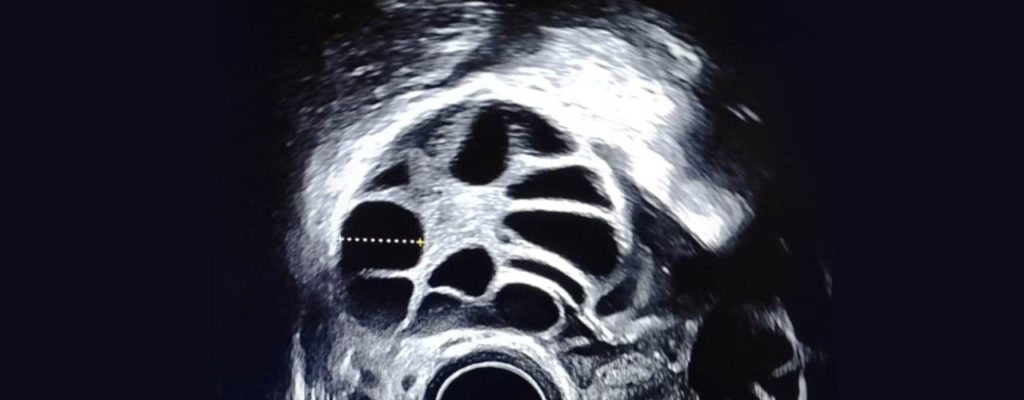
M Del Mar Vidal, Francisca Martínez, Ignacio Rodríguez, Nikolaos P Polyzos.
Hum Reprod. 2024 May 2;39 (5):1098-1104. DOI: 10.1093/humrep/deae047
Control of the LH surge plays a fundamental role during ovarian stimulation, as it allows the avoidance of spontaneous ovulation. Over the years, different strategies have been tested and applied aimed at optimising efficacy while minimising the impact on the patient. For example, the introduction of the PPOS (Progesterone Primed Ovarian Stimulation) protocol has made it possible to replace GnRH antagonist injections with oral administration of progesterone, thus reducing the number of injections for patients.
In light of the evidence published to date, a group of researchers from Dexeus Mujer have conducted a prospective study with the aim of assessing whether ovarian stimulation primed with oral micronized progesterone, compared to a GnRH antagonist protocol, can affect the yield of euploid blastocysts.
The study was conducted between September 2019 and January 2022. A total of 44 women underwent two consecutive ovarian stimulation protocols over a 6-month period: a GnRH antagonist protocol and a PPOS protocol with oral administration of progesterone.
The results showed a significantly higher number of oocytes in the oral progesterone protocol compared to the GnRH antagonist protocol. However, no differences were observed in the mean number of blastocysts between the PPOS and GnRH antagonist protocols or in the mean number of euploid blastocysts.
The authors conclude that in the case of a freeze-all protocol with delayed embryo transfer, oral progesterone can be considered for LH surge control, with advantages for the patient in terms of number of injections, oocytes retrieved and lower cost, without any compromise in embryo euploidy rates.